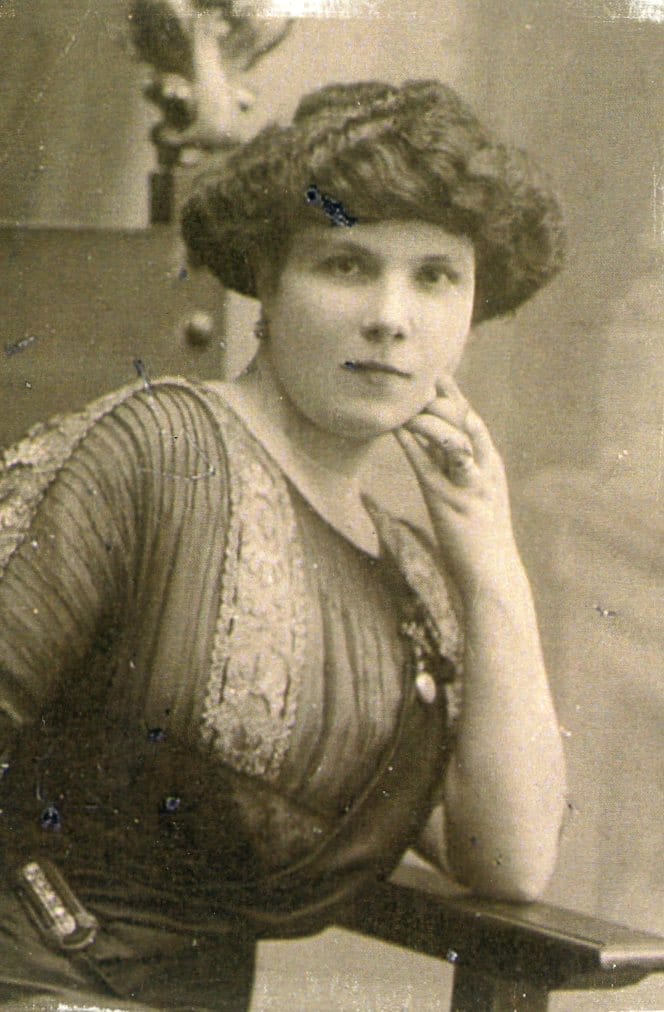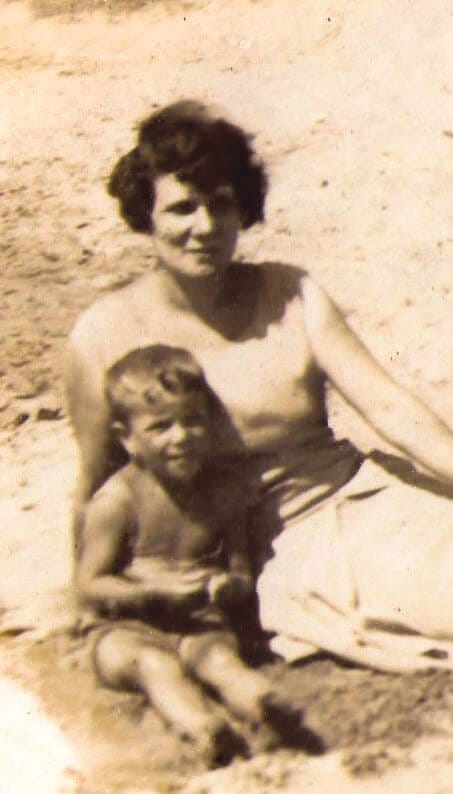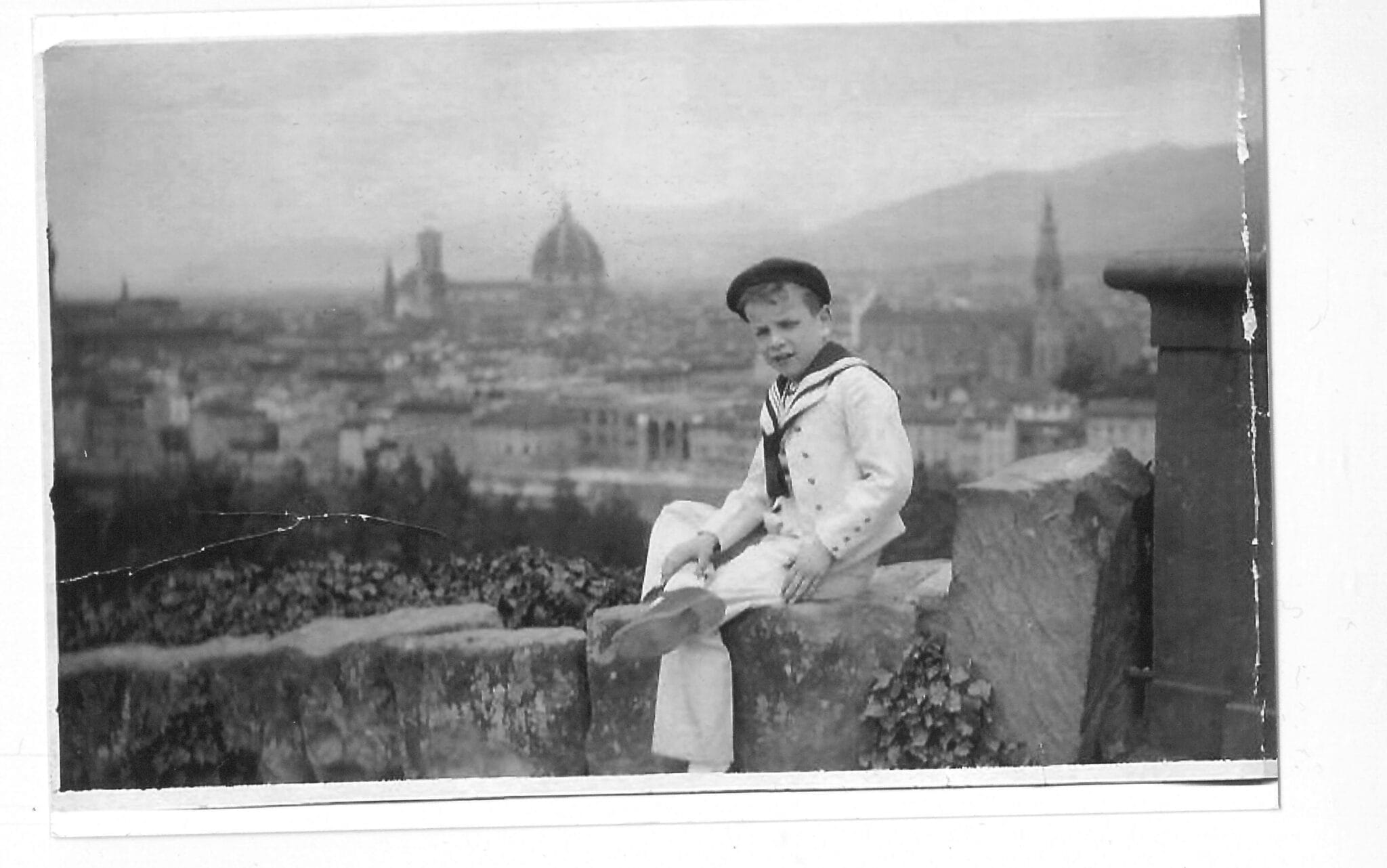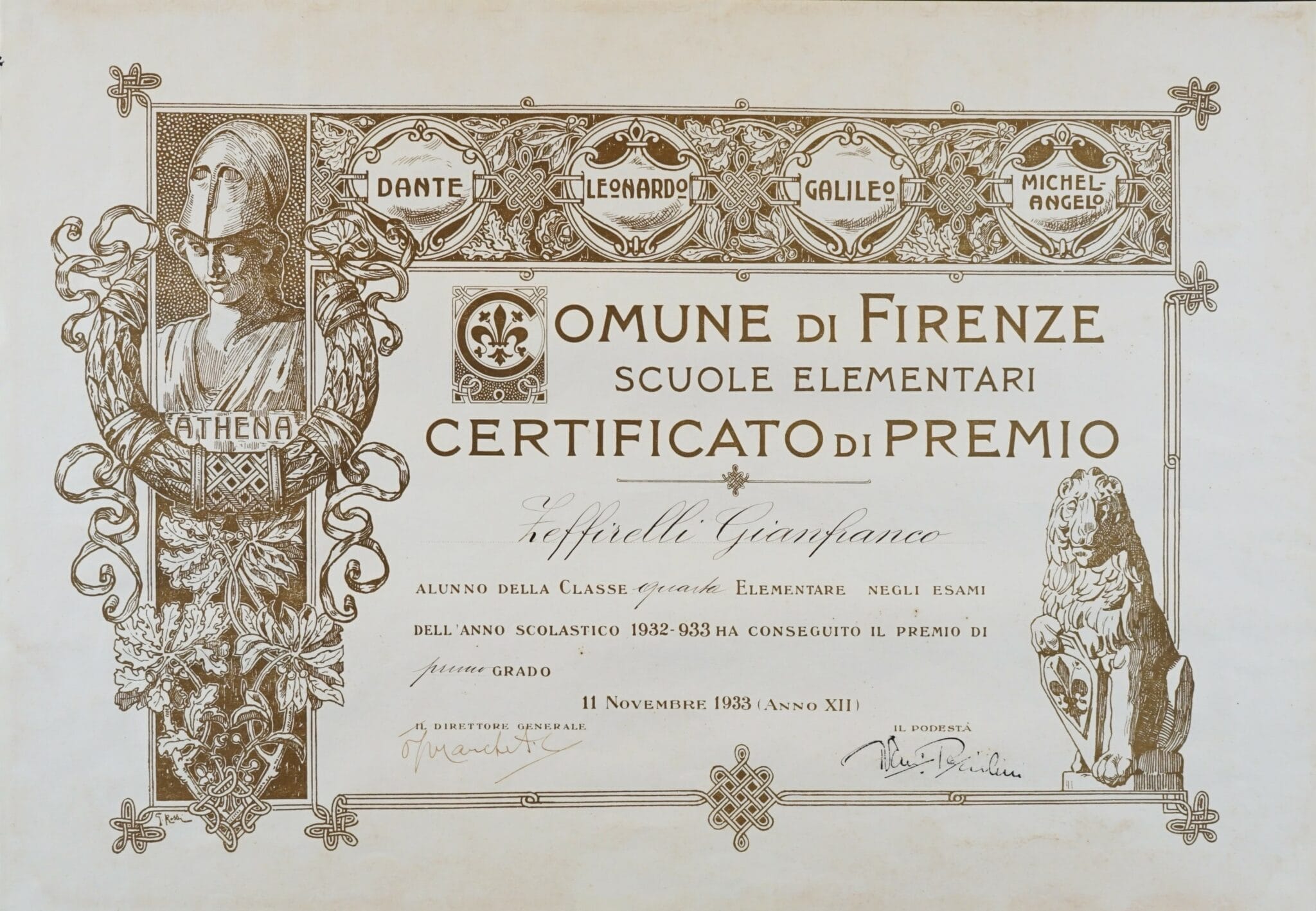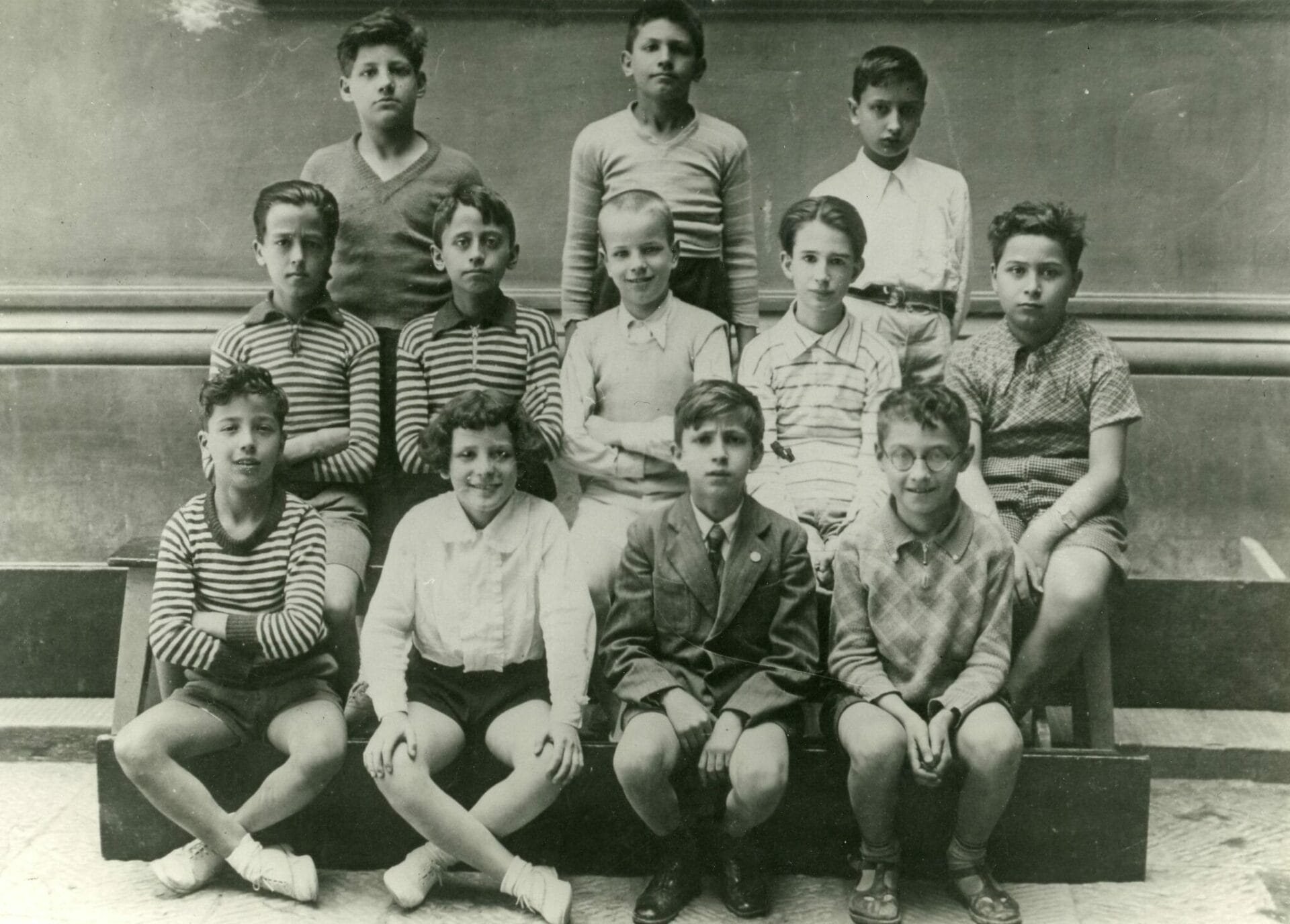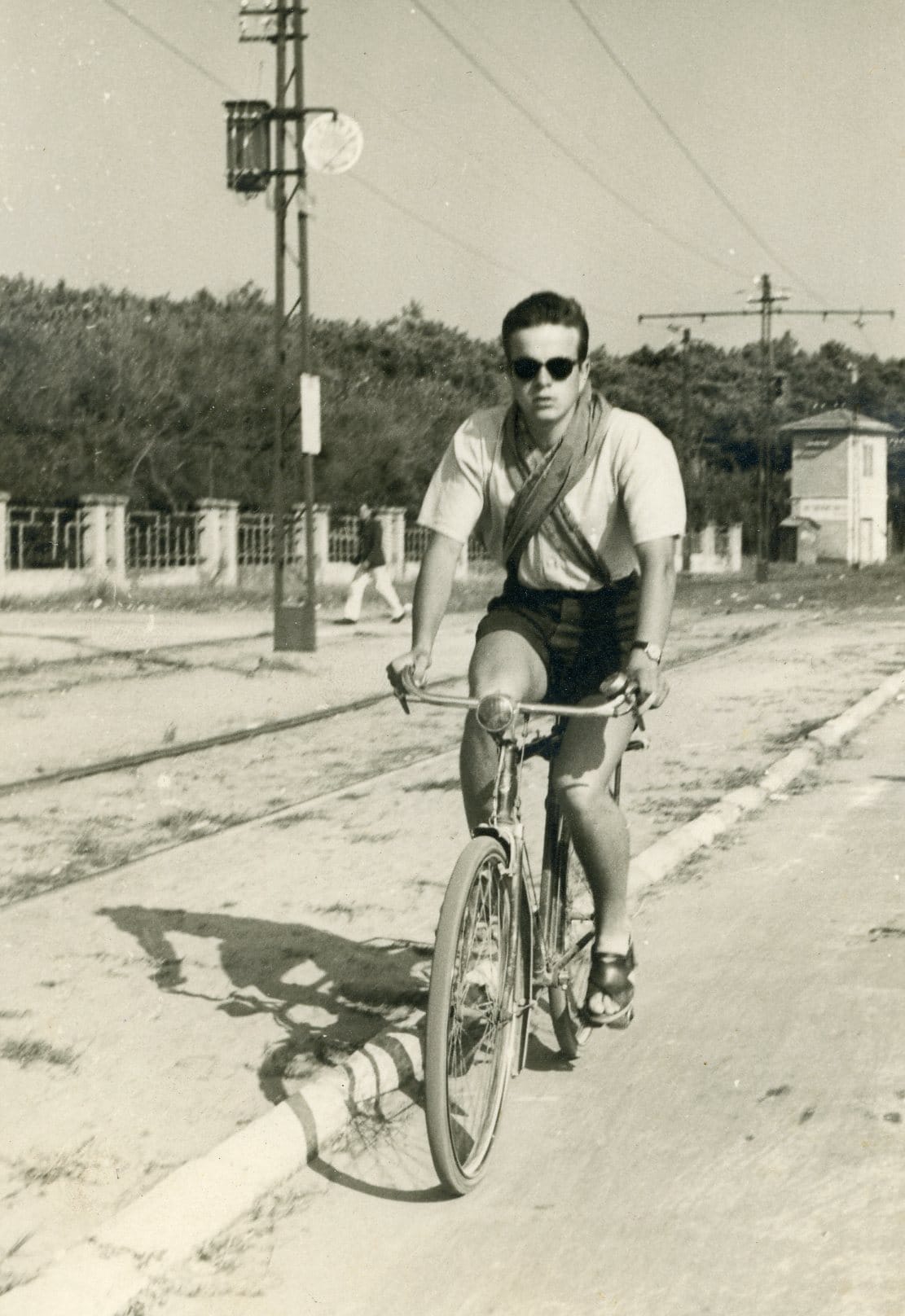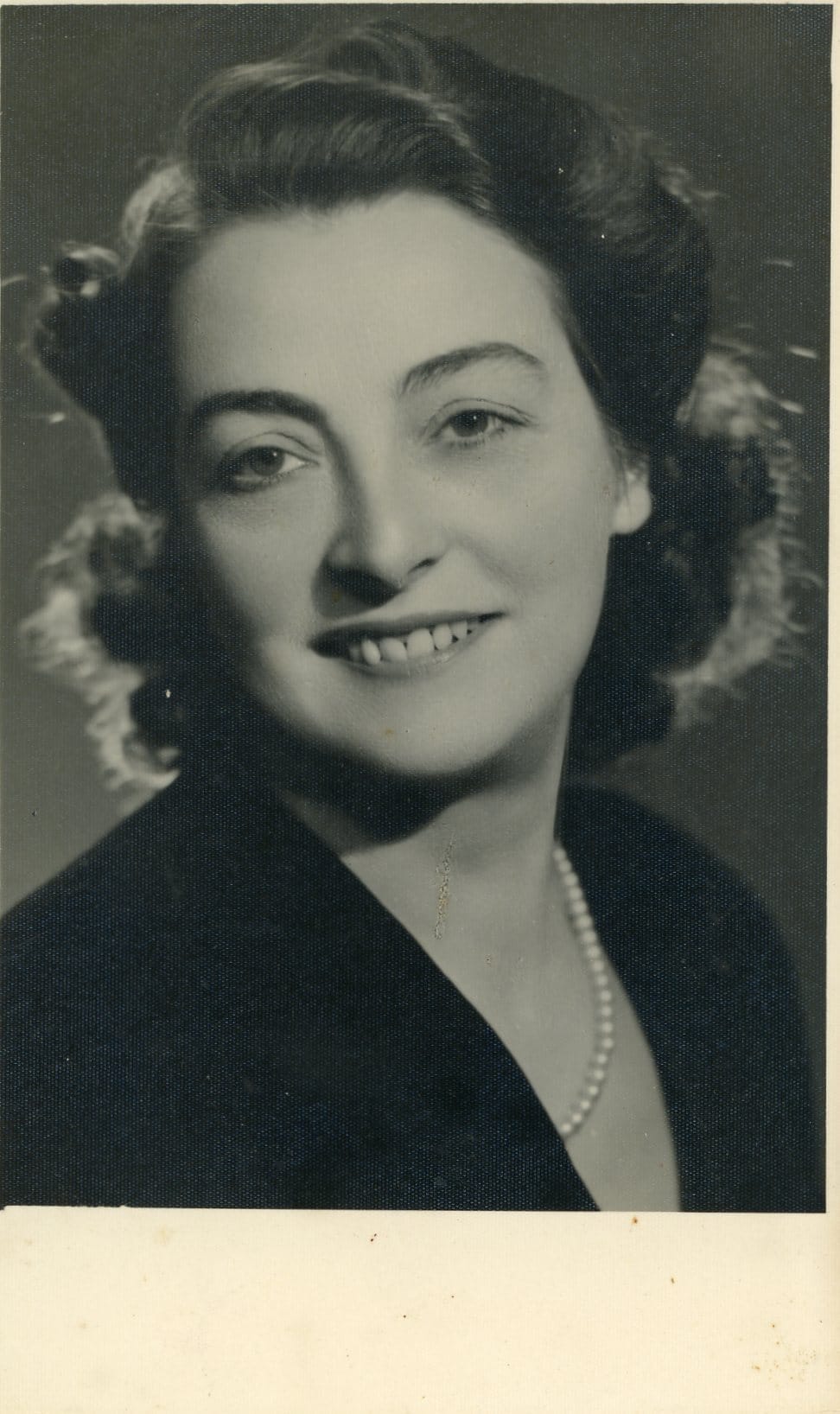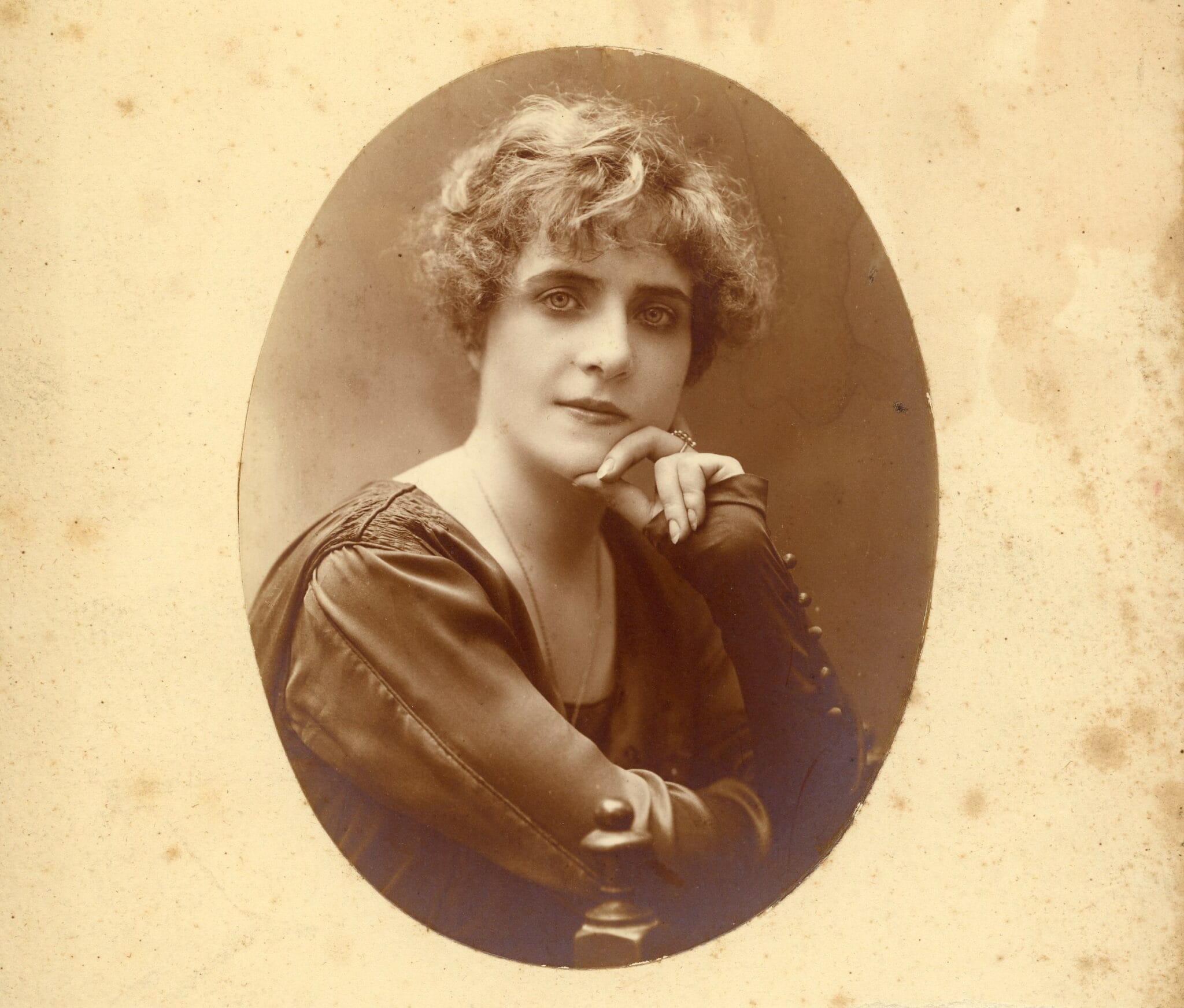Franco Zeffirelli is born in Florence on February 12th 1923, an illegitimate child. His mother Alaide Garosi is then a goodlooking lady in her late thirties, a successful fashion designer with an atelier in piazza Vittorio Emanuele II – nowadays piazza della Repubblica; she is married to lawyer Alberto Cipriani, sick with tuberculosis and hospitalized in a sanatorium. His father Ottorino Corsi is a merchant of fabrics, and is married in turn.
The new born baby is registered as child of unknown parentage, with the first name Gianfranco and an invented surname: Zeffirelli.
The little Gianfanco, already called just Franco, spends the first two years of his life in the
countryside, entrusted to a nanny. After the death of her husband, Alaide takes him with
her, and in 1928 they move to Milan. But soon Alaide falls ill, and dies on May 8th 1929.
Little Franco is just 6 years old.
Florence embraces little Franco with its history, its beauty, its harmony, but also with its
roughness. In 2013 Zeffirelli says in an interview: “It is impossible to understand how this
community of scoundrels, of stingy traffickers, was able to create the greatest expressions
of the human spirit. God knows why, as if by accident by this river – that is not even a
great river – along the river Arno a forest of most joyful inventions of the spirit sprouted up.
Look at the Dome! The Dome is a marvel of human intelligence and wisdom. And the Bell
tower! And the Church of Santa Croce! A forest of wonders! When you are a child, you feel
these extraordinary situations that surround you.”
Although damaged by the flood that hit Florence in 1966, the document kept in the
Archives of the Artistic Lyceum shows the very good marks obtained by Zeffirelli for his
diploma. As an award, he is allowed to venture together with a friend on a bicycle tour of
Italy. For the first time
With a friend in piazza SS. Annunziata. Florence, circa 1942
In October 1941 Zeffirelli enrols at Florence University, in the Faculty of Architecture, but
after two years his studies will be interrupted by the war. Meanwhile he gets passionate
about the performing arts and makes friends with students of the Academy of Fine Arts
and of the Istituto d’Arte, a famous Florence art school.
With the First Battalion of the Scots Guards, to. Ladybank, 1995 In September 1943, when the German Army occupy Florence, young Zeffirelli does not enlist in the Fascist Army and joins the partisans on Mount Morello. It was in the Chianti countryside, not far from Siena, that in July 1944 his partisan group meets the First Battalion of the Scots Guards. Zeffirelli, who speaks rather good English, is “enrolled” as interpreter and follows the Battalion until the end of the War, in April 1945. Half a century later, he is invited to celebrate 50 years after the end of World War II with the veterans.
At the end of the war Zeffirelli, by then of legal age, moves in with his father Ottorino Corsi
who, having become a widow, recognizes him as legitimate child and gives him his name.
So Zeffirelli becomes Gian Franco Corsi, but only on his official papers: in fact for all his
life he will keep the name that his mother had invented for him.
While resuming his studies in the Faculty of Architecture, Zeffirelli is more and more
attracted by the performing arts. He acts in several radioplays and appears on stage in
Angelica, a play by Leo Ferrero produced in Florence by director Alessandro Brissoni with
the company Teatro d’Arte dell’Università.
At the same time Zeffirelli starts a collaboration with the Accademia Chigiana in Siena:
between 1946 and 1952 he designs sets and costumes for several operas directed by Ines
Alfani Tellini with the students of Scenic Art. In Livietta e Tracollo or La contadina astuta,
an opera buffa by Giovanni Battista Pergolesi, Zeffirelli also appears as an actor.
Becoming professional
Hired as an actor in the new Compagnia Italiana di Prosa directed by Luchino Visconti, Zeffirelli moves to Rome, leaving behind Florence and the unfinished studies of architecture. The first production in which he appears, next to the best stage actors of the time, is Delitto e castigo, a play by Gaston Baty from the novel Crime and punishment by Dostoievski.
In the years to come Zeffirelli comes back to Florence only to stage acclaimed productions of plays and operas; but towards the end of his life, it is in Florence that he establishes the Foundation that bears his name.
